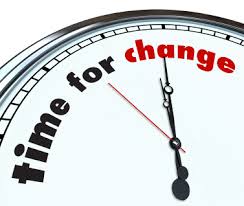An estimated 1 in 3 Americans struggle to pay their medical bills, that is, they encounter problems while paying the medical bills within the past year, or they are paying the previous bills gradually over time, or they are stuck with bills they cannot afford to pay at all. Medical Debt can be the result of people unable to foot their medical bills. While the probability of individuals falling into medical debt is significantly higher among the uninsured masses, most people who encounter difficulty paying the medical bills have medical insurance. The medical debt arises when people have to pay out of their pockets for care not covered by health insurance.
Medical debt can affect almost anyone
Medical Debt can have an impact on people from the age group of the 20s to 60s. For individuals and families with annual income less than $10,000 to more than $100,000, medical debt can adversely affect their lives. A few patients are covered at the onset of illness and have subsequently lost coverage. For all time, a few are uninsured completely. This instance of medical debt was the first experience of any serious financial or credit problems for many of the patients.
Medical debts as a result of cost sharing
From amongst the insured individuals, high medical debts were the direct consequence of cost-sharing for care covered by their insurance. Some insured people faced abnormally high levels of health plan cost-sharing (e.g., $10,000 or more per person per year). For others, much smaller amounts proved unaffordable. Some of the patients with limited incomes and cash savings encountered trouble paying even a few thousand dollars. Others could have footed the medical bills for a limited time, but when it spanned for year after year, they broke down.
Out-of-network charges are a great liability
Generally health plan coverage is lesser for care rendered by non-network providers. Many patients unintentionally receive non-network care while hospitalized. So although they had chosen a network facility, other professionals from the hospital whom they did not or could not choose like the anesthesiologists and the emergency physicians were not from the same network. As a result, patients had to pay more out of their pocket than warranted. If the patients got themselves admitted to non-network health care facilities, their medical insurance was of no help to them.
Medical debt can lead to other adverse consequences
Medical debt can cause a devastating impact on the personal and economic lifestyle of patients. Many end up by declaring bankruptcy as a direct result of paying the enormous medical bills. Others lose their retirement or college savings. Some lose possession of their mortgaged homes when they fail to keep up with the mortgage payments. A few do without basics such as home heat. Almost all the people face damage to their credit rating. Eventually some bounced back with renewed vigor from medical debt problems while others permanently reduced their standard of living. You can even try to click here if you want to know more about the adverse impact of Medical Debt.




